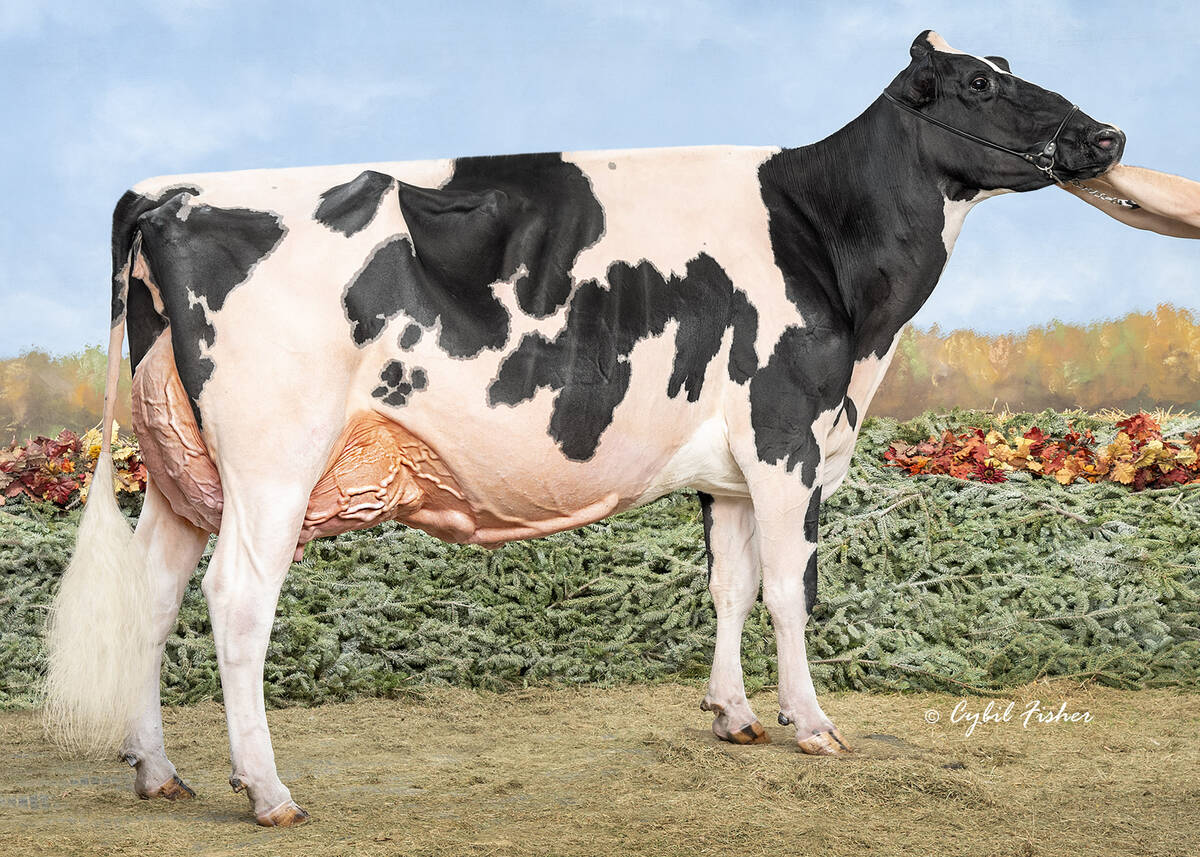NANTON, Alta. — The introduction of mandatory radio frequency ear tags in Canada immediately prompted some cattle producers to look for ways to take advantage of the information potential.
Attaching birth dates, health records and other facts to the individual numbers embedded in the tag turned cattle into walking databases.
By working with the Beef InfoXchange System, these producers can now find out how each animal measured up at the packing plant, said Larry Thomas, head of the program run through the Canadian Cattlemen’s Association.
Read Also

Saskatchewan dairy farm breeds international champion
A Saskatchewan bred cow made history at the 2025 World Dairy Expo in Madison, Wisconsin, when she was named grand champion in the five-year-old Holstein class.
Cargill Meat Solutions at Guelph, Ont., and High River, Alta., joined the program last January and have returned carcass data on 1.5 million head. XL Foods at Brooks, Alta., was participating until E. coli contamination forced it to temporarily close last fall. It is expected to rejoin.
Since November, producers have been able to check the results attached to their cattle’s numbers. Several years of data will be needed to turn the numbers into useful information, but it will be able to show producers if they are making progress or need to make changes.
“It is about you getting hard data back to make effective business decisions based on hard data and just not innuendo,” Thomas told a recent beef education day in Nanton.
Packer data includes slaughter date, hot carcass weight, gender, yield, grade, fat depth and marbling scores. Total days to slaughter may be added later.
A cross border committee is talking about going wider because the data is now lost if Canadian cattle are exported to the United States.
The next phase is working with feedlots to provide health scores and information about implant and beta agonist use.
Producers join the program by providing their names and contact information. The database includes space to add statistics about their cattle, such as health programs, hormone use, breed, colour, dehorning, castration methods and other facts that could be useful to a potential buyer.
A buyer can send a query looking for a certain type of cattle and the system administrator forwards it to selected producers who may have that type. They can reply to the buyer if they wish.
“You can connect up to players in the industry seeking what you might do on your ranch or feedlot and then help your bottom business line,” Thomas said.
For more information, visit www.bixs.cattle.ca/go.















